Why You Need a Brand Playbook
Among one of the most annoying daily occurrences in work is knowing you have a piece of information somewhere on your computer and can’t find it. It becomes especially frustrating when you’re trying to come across it in a hurry: the font you need to make today’s social media image, or the logo you have to submit to the podcast producer. A Brand Playbook helps you have all of this information - plus vital messaging for your organization - in one place. Let’s break down how to create one, and what needs to go into it.
We’ve all been there: you’re under a time crunch and you’re trying to make an image for an Instagram post. It’s gonna be the image for your new show, along with the words “tickets on sale now.” Plus, you want to put your logo in the corner. But, where is the .jpg of the new show? And which font are we using nowadays? What color do the words to be in? And… where’s the updated logo being kept now?
I’ve worked with brands that would have all four of those pieces of information in four different places. Which can be hard to remember, and cumbersome to locate. All of this added up to lost time - and when you’re running a lean operation, time is your most important asset.
Let’s talk about what needs to go into a Brand Playbook, why it’s important, and how you can get started with one right away.
What Goes Into a Brand Playbook
The idea behind the Brand Playbook is to have one place where anyone who interacts with your brand can access the basic information for it. It should include:
the colors with the six digit hexadecimal number to identify them (sometimes referred to as a “hex code)
logos
fonts
hashtags
messages from your BrandScript
elevator pitch
Brand narrative
guidelines for the brand
If people involved in your organization have to supply or create any content, they should be able to get to what they need quickly. And by having one place to access all of those elements, you will save a significant amount of time and hassle in your day to day operations.
There are many ways that you can create one, but here’s what I don’t recommend.
What Not To Do With Your Brand Playbook
I’m a big proponent by using what you’re already working with because there is often times costs involved with learning new software. Often times those costs are financial, but sometimes it just costs you time to learn it, implement it, and then teach it to others on your team.
I don’t recommend creating a folder in DropBox or Google Drive and then having all of the files in there. Many of the elements in a Brand Playbook are text-based which means that you’ll have to have a Google Doc as well with all of your copy. It’s clunky and may mean that someone is either sifting through many different Google Docs (one called BrandScript, one called Brand Narrative, one called Elevator Pitch) or if means scrolling through a document to get to what that person needs. It’s inefficient.
Instead, here’s a more visual direction to go in.
Create a Trello Board for your Brand Playbook
I like using a Trello Board for a Brand Playbook. This way, you can have cards for the text-based elements, and still have a place to upload, store, and download any files (like logos). They’re delivered in a more visual way, though, so it makes it easier to see at a glance the files that you might need.
Here’s an example of Downstage Media’s Brand Playbook, which I give out to clients. If they are unclear how to build their BrandScript or create their one-liner we go through it together either in the Enhanced Marketing Livestream or in the Marketing Mentorship.
When working with clients there are some other branding elements that I incorporate as well.
Optional Elements to Add to Your Brand Playbook
There are a few more things you can put in your Brand Playbook. Remember, though, that you don’t want to make it too bloated because it will be hard to sift through quickly. And the whole idea here is to save time.
You can also add:
copy for your website home page (based on your BrandScript)
images and basic swipe copy for your lead generator
copy for your lead generator’s email sequence
a sales letter
proposal bullet points to include
I use these with clients because they can easily see which of the steps of their marketing assessment they have completed. There are nine basic steps that every brand needs to cover in order to put their marketing on autopilot.
But sticking with the basics works too.
Keep Track of Your Branding
In short, the Brand Playbook helps you keep track of your branding. When a logo is updated, it can added to the board so everyone knows exactly which one to use. Same with copy for any brand messaging you may need. Imagine how helpful it will be to have one collaborative tool that all members of your team can see and refer to quickly.
Fill in Your Brand Playbook
If you are only adding in your fonts, hex codes, and logos, you’re only giving your team the tip of the iceberg. By solidifying your brand’s messaging - and making it accessible to your entire organization, you can help your audience get to know you on a more visceral level - in the words you repeat and the visuals you use.
If you need help with your brand’s messaging, sign up for the next StoryBrand Marketing Livestream and in the meantime, you can take the StoryBrand Marketing Assessment to find out which aspects of your marketing need to be addressed first.
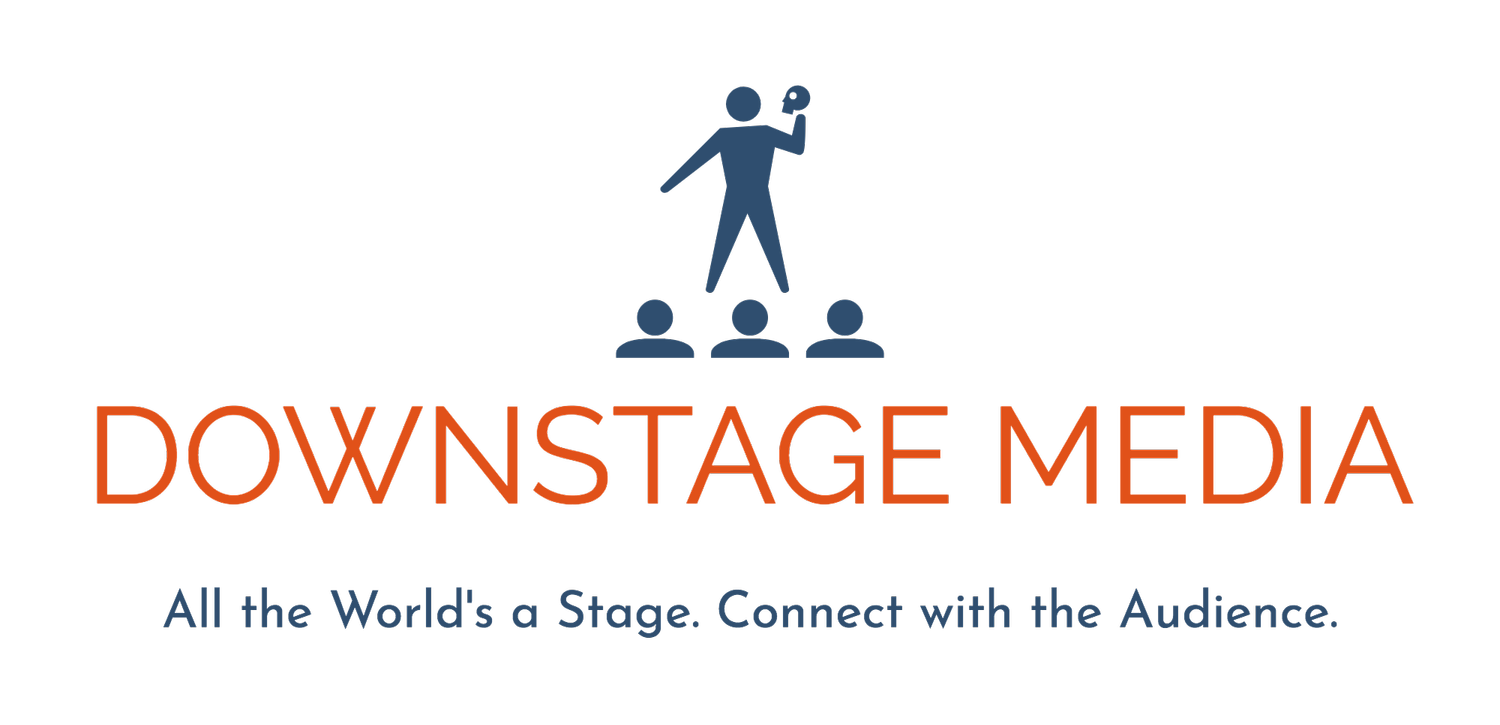



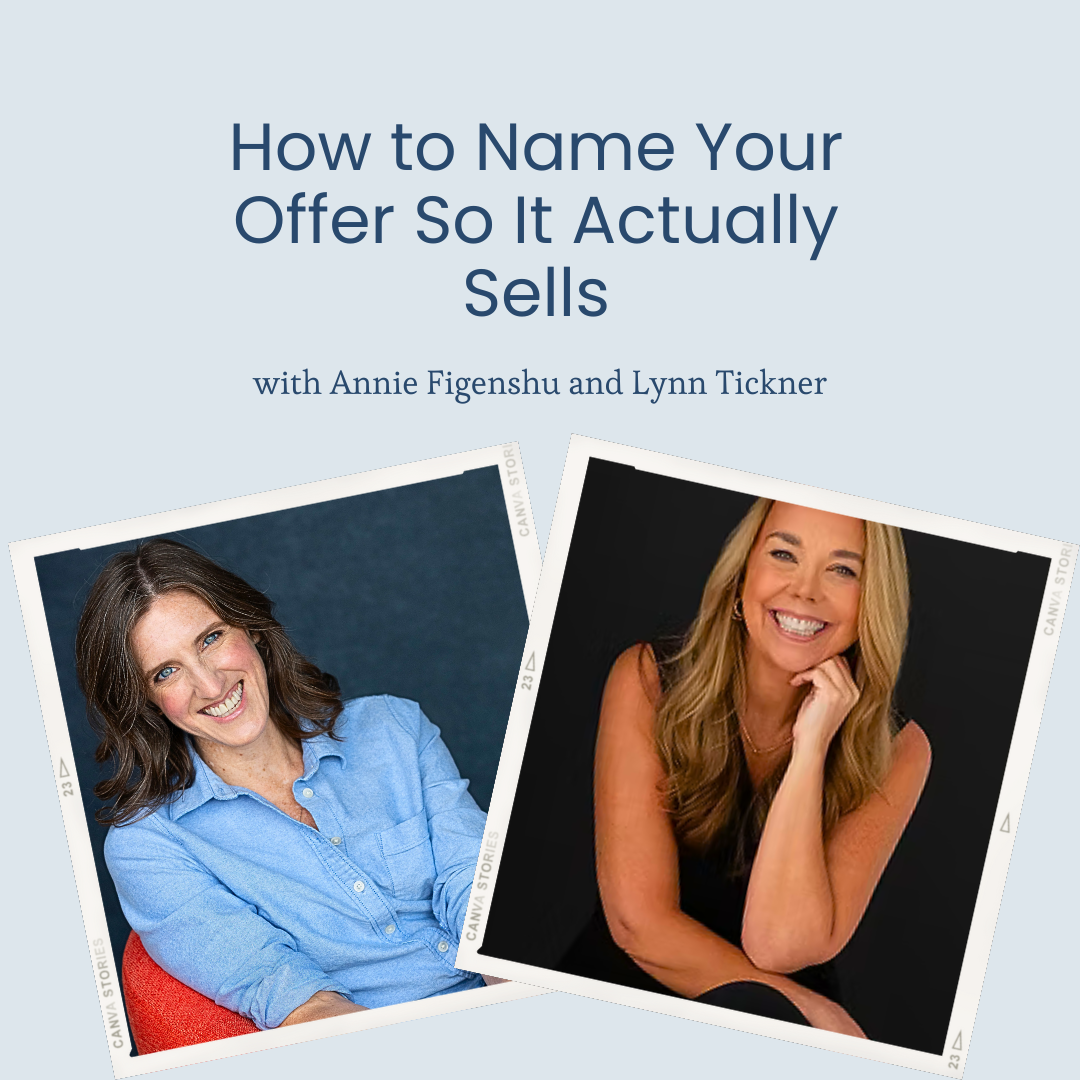
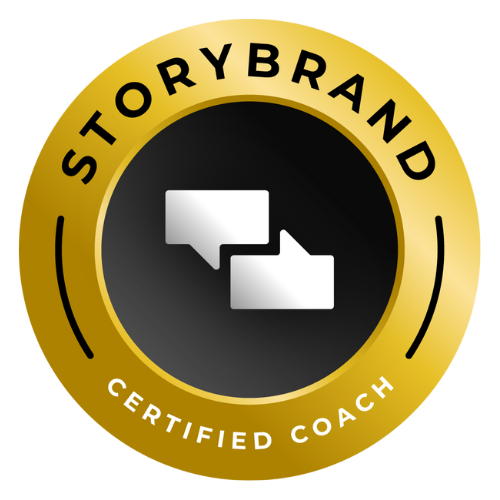
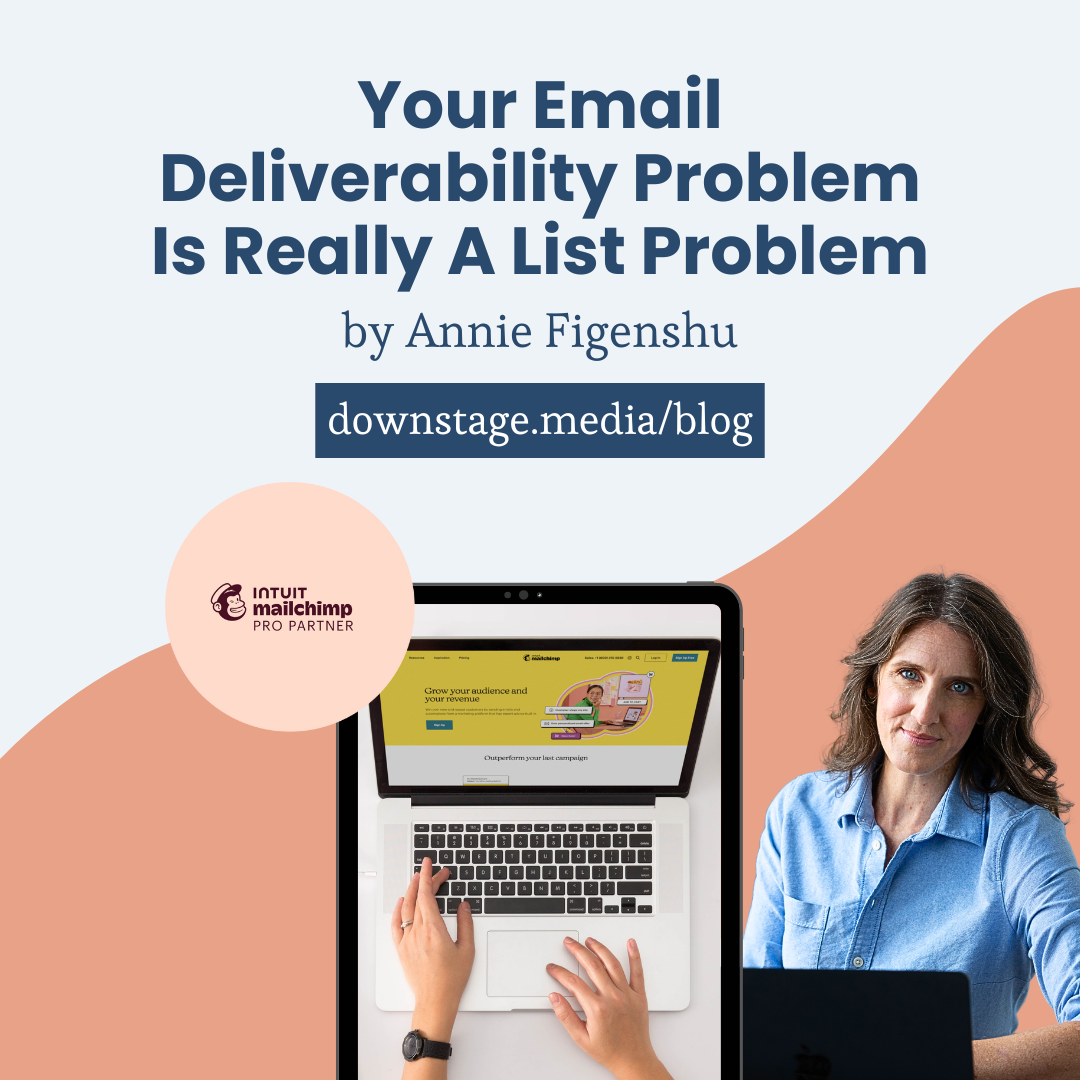

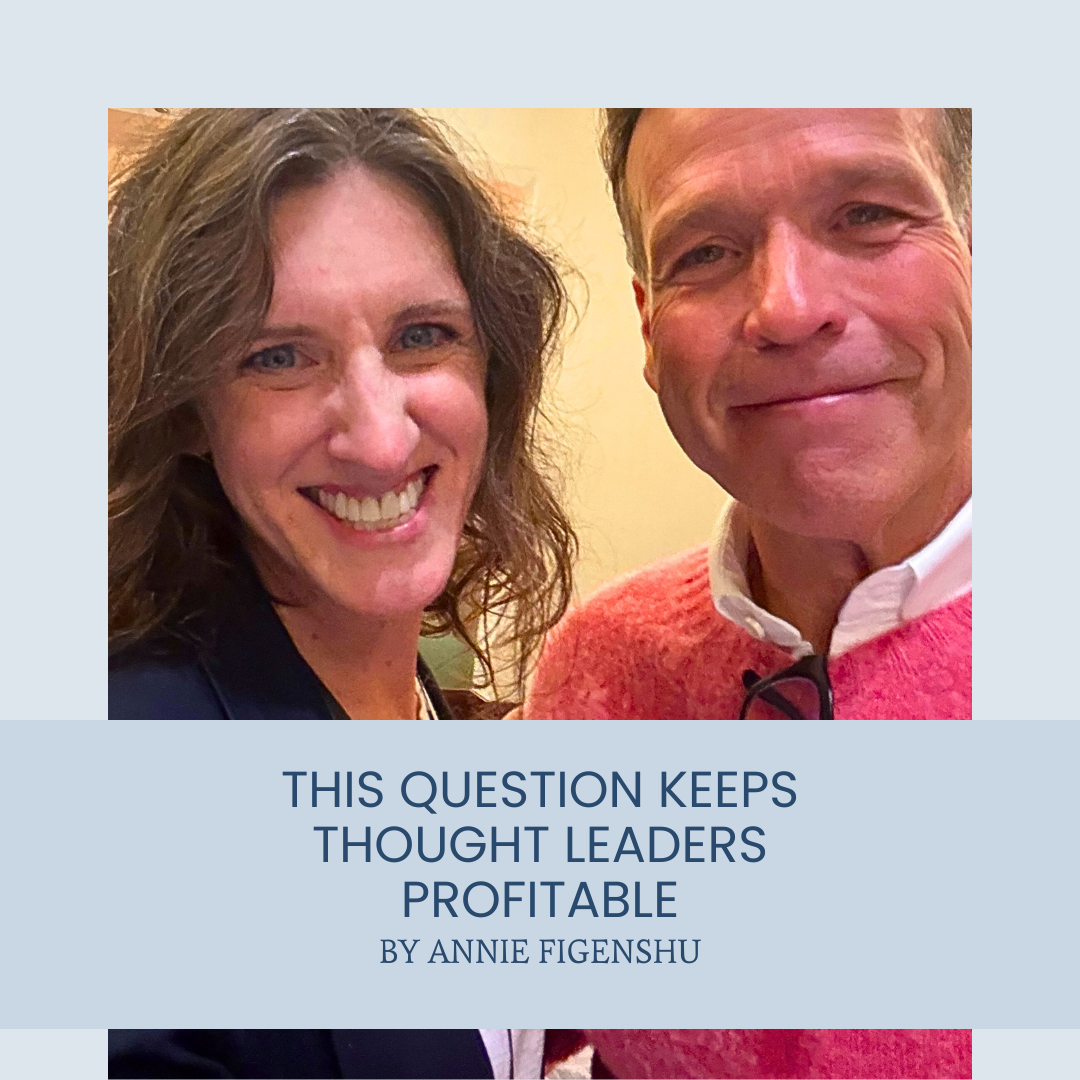


If your marketing feels scattered, you’re not alone. Most experts, founders, and speakers work way too hard for far too little traction because their message isn’t clear. This guide walks you through how to use a StoryBrand BrandScript to simplify your message, strengthen your content, and make marketing finally feel doable.